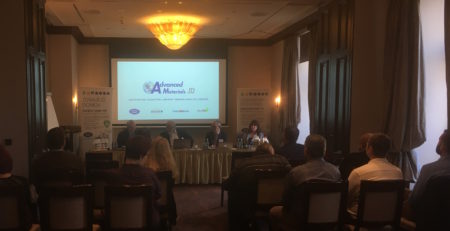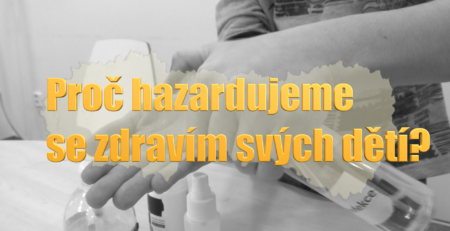HISTORICAL MONUMENTS AND NANOTECHNOLOGY?
Yes, you read correctly history and modern technology can work together beautifully and effectively.
The charming baroque church of St. Martin in Zbečno in the Rakovník district has a rich history for the Czech nation.
The first written mention of the settlement Zbečno dates back to 1003. In the Chronicle of Kosmas the village is mentioned in the legend of Prince Kroko. In 1100, Prince Břetislav II went from Zbečno after a mass to hunt and was assassinated on his return. Prince Vladislav spent Christmas here in 1124. These meager references prove indirectly the existence of the church at the court. (link)
When repairing the facade in 2010 (reconstructed in 1993), a photocatalytic self-cleaning coat was applied to the lower white plinth around the church. This area is very heavy due to the absence of gutters and moss deposits and the life of the restorative paint is very short. At the same time the roof was treated, which is above the entrance to the church. The roof was covered with moss and clay. First, the impurities were mechanically removed and then the FN NANO® coating was applied.
Furthermore, the damp places in the church interior were protected, where mold and green algae quickly formed.
After only a few months, we could see the difference in how the treated areas were cleaned beautifully, and to this day both the roof and the other treated areas are visibly clean in contrast to the darkening of the façade, painted only with restoration paint.
Functional coatings FN NANO® provide effective protection of monuments against atmospheric dirt, microbiological attack and spoilage of spray.
Cultural monuments and the cultural heritage of our ancestors, are now increasingly burdened with our industrial way of life. Excessive emissions, increased production of soot and impurities together with the spread of molds, green algae, mosses and lichens causes degradation and accelerated aging of the monuments and threatens this cultural heritage. Literally in front of our eyes we see their settling on various monuments and their fast darkening.
Restoration and protection of historical and cultural building monuments is undoubtedly the most responsible and sometimes even the most complex activity in the context of reconstruction work in the management of buildings. Errors can easily lead to irreparable damage.
With the modern nanotechnology FN NANO®, however, today’s monuments can significantly prolong their life and protect them very effectively against deterioration by soot and dirt dispersed in the air and against attack by fungi, algae, lichen and consequently mosses.
The self-cleaning coating created by photocatalytic coatings creates a protective coating on the surface of the facade, stone or other natural materials, which converts the daylight energy into an oxidizing effect and effectively prevents dirt from settling and attacking microorganisms. An enormous advantage is that the protective layer not only prevents dirt from settling, but also penetrates it to the depth of the substrate. This is particularly important to protect against graffiti vandalism.
FN NANO® functional coatings are highly breathable and vapor permeable, meet all conditions for materials used for buildings in the monument protection regime and have all the necessary certifications. This nanotechnology is very suitable for the protection of listed buildings, so that they remain clean in the long term and are preserved for us and our next generations.









